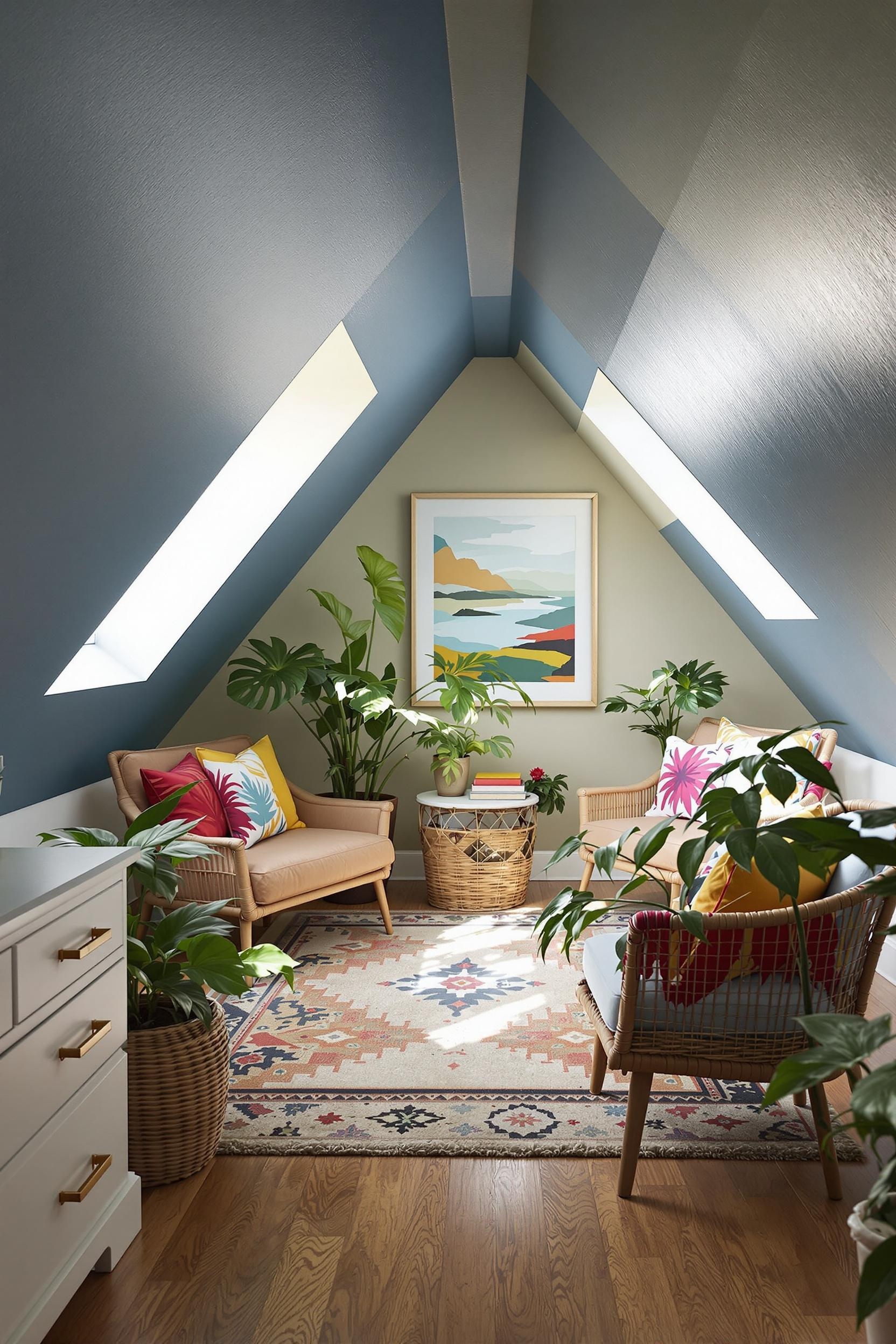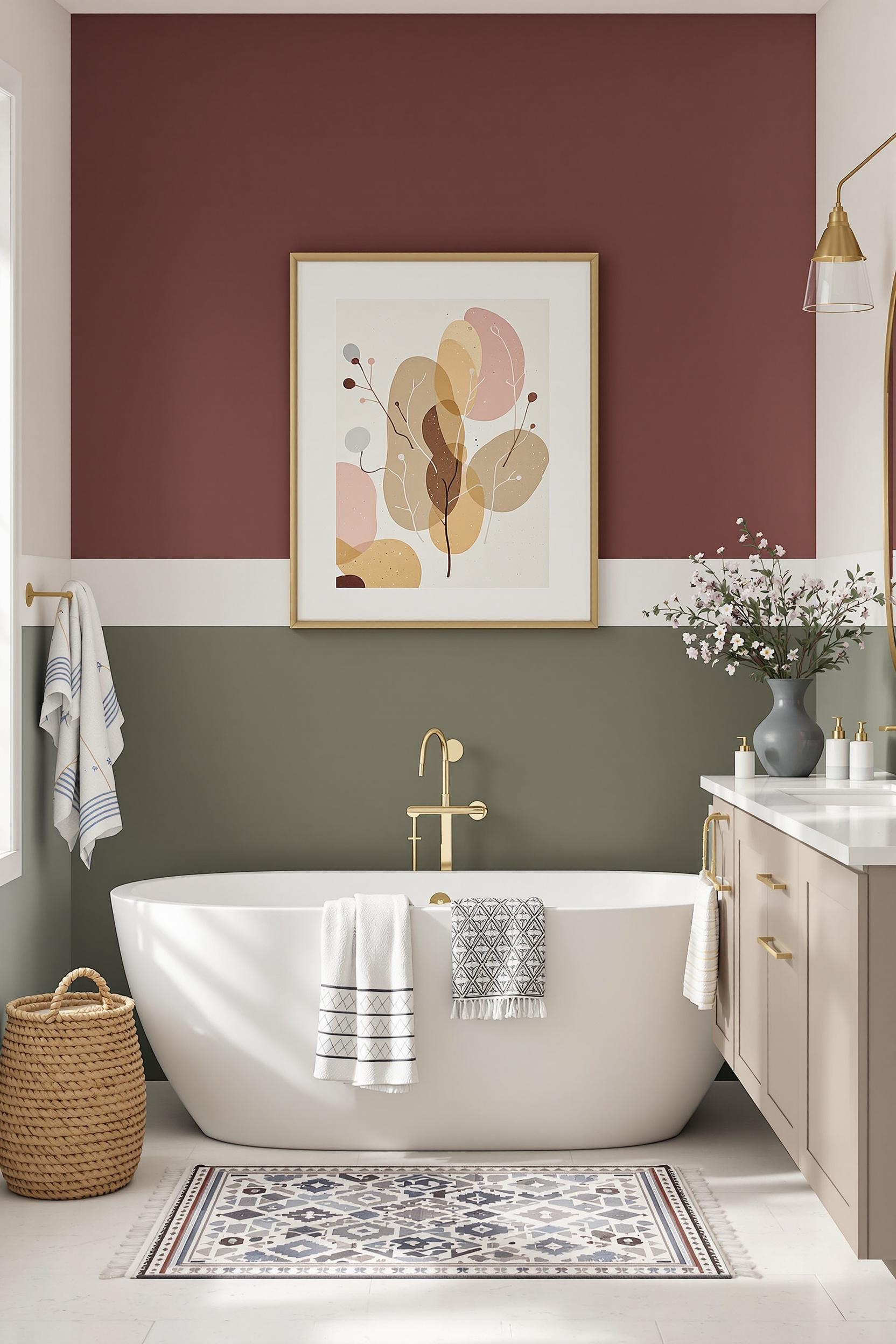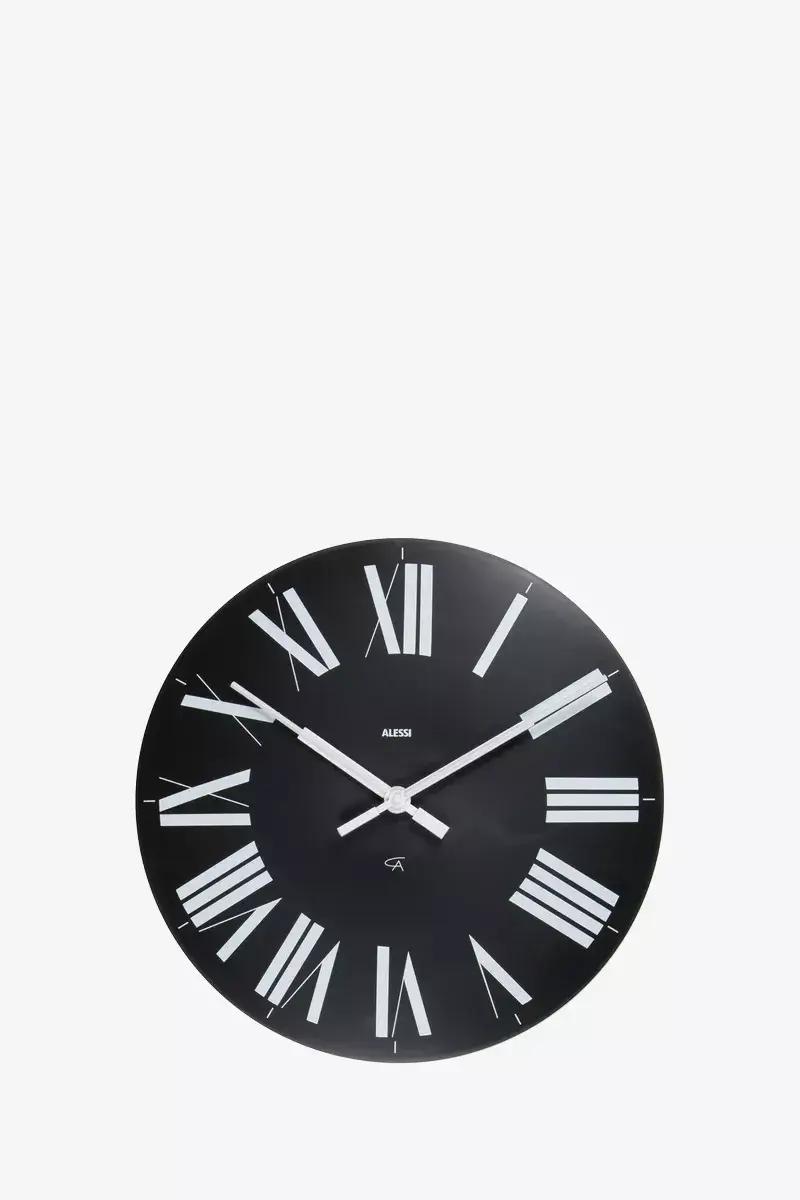
Using Paint to Create Separate Study Areas with Minimalist Color Blocking
Are you tired of dull, undefined corners that make studying feel like a chore? I’ve been there too. But here’s a trick that transforms any room into a vibrant, focused space without knocking down walls: color blocking study areas. This isn’t just about adding beautiful colors — it’s about using solid blocks of paint to create purpose-driven zones that spark productivity and mental clarity. If you’re into minimalist design, this is a must-try!
Transforming Your Study Space: The Power of Color Blocking
Painting separate areas in one room is more impactful than most people realize. Color blocking uses geometric shapes and contrasting hues to define functions — like turning part of your bedroom or living room into a clear study nook using just paint. It’s a great solution for open-plan layouts or shared spaces where privacy is hard to come by.
According to research shared on ColorBlockHome, color zoning significantly enhances focus and user satisfaction without physical barriers. In fact, user surveys have shown up to a 28% boost in satisfaction in painted-zoned setups over undecorated spaces.
Understanding the Psychology Behind Painted Study Zones
Colors aren’t just decorative — they influence how we think and feel. Environmental psychology research confirms that certain paint colors directly affect concentration, stress levels, and productivity. For example:
- Blue: Increases focus, promotes calm
- Green: Reduces eye strain, enhances information retention
- Red/Orange: May increase alertness, but may also cause overstimulation
So, when planning your color block interior design for a study space, lean towards cooling hues that aid attention and relaxation.
Strategic Paint Techniques for Study Area Color Blocking
If you’re aiming for a minimalist but effective result, here are the steps I personally use when painting separate study zones:
- Pick 2–3 harmonious tones. For optimal focus, choose colors with Light Reflectance Value (LRV) between 60–80. These reflect enough light for comfort and calmness.
- Use a laser level and painter’s tape to create clean geometric shapes.
- Apply at least two coats of high-quality paint for full color depth. Then remove the tape while the paint is still wet for sharp, professional edges.
This process works beautifully in small study corners too, like in this small apartment color blocking tutorial.
Best Paint Colors for Study Zones in Minimalist Spaces
So, what colors should you choose? Pick from soft blues, muted sage greens, or even neutral grays with a pop of mustard. Muted palettes reduce visual noise and are ideal for minimalist color zoning. Stick to soft contrasts, not jarring ones. For example:
- Blue-gray base with a pastel yellow zone behind your desk
- Light beige walls with a vertical forest green stripe to define your study nook
These combinations gently separate spaces while keeping the overall vibe calm and inspiring. For visual examples, check out the techniques used in this minimalist transformation guide.
How to Use Color Block Walls for Studying in Shared Rooms
If you share your room or live in a studio, color blocking can be a game-changer. Use bold vertical lines to draw visual boundaries around a desk, or paint a ceiling block above your work zone. Each block quietly says, “This is my focus space.”
This article explores how vibrant dividers and blocks separate zones without walls. These ideas are especially great for kids study areas and shared home offices.
Creating Small Study Nooks with Geometric Color Blocking
A color-blocked wall is a powerful way to make even the tiniest nook feel purposeful. In fact, I often recommend using geometric paint shapes in tiny homes to establish zones. Whether it’s a tall triangle behind your chair or a square backdrop framing a floating shelf, geometry adds focus and elegance.
Some of my favorite minimalist paint schemes add soft contrast. For instance, a vertical ombre block can make a narrow space feel taller and brighter. I saw this applied brilliantly in split-wall color block tutorials like this one.
Minimalist Color Blocking Tips: Less Really is More
To keep things truly minimalist, avoid cluttering your space with too many colors. Stick with up to three shades: a neutral base, a focus-boosting accent, and a soft divider. The goal is clarity, not chaos.
If you’re not sure where to start, check out this guide on space-defining paint layouts. It offers specific layouts and combinations to support both learning and relaxation.
DIY Color Blocking: Cost-Effective and Customizable
You don’t need to hire a pro to create your dream study zone. With basic tools and some patience, DIY color block walls are totally achievable. I encourage you to follow the process described in these step-by-step painting tutorials.
Also, don’t stress about making it perfect. Precision matters, but so does expression. Try taping out shapes that match your room’s vibe and visualize the finished zone before you begin.
Color Blocking Strategies for Every Study Setup
Whether you’re setting up a minimalist home office, a study area for kids, or just a small reading zone, using paint to define the space helps establish clear function. Every block of color sends a signal: “Here’s where I learn. Here’s where I focus.”
This technique goes hand-in-hand with transforming open floor plans and is ideal for multipurpose rooms.
Design Your Dream Study Space: Transform Learning with Color Magic
Creating the perfect study environment is a blend of psychology, aesthetic strategy, and personal meaning. Now that you know how to apply color blocking study area techniques, go one step further.
Unlock Your Productivity Potential: Color Blocking Masterclass
I’ve built an exclusive masterclass that dives deep into:
- Advanced techniques for small study nooks
- Paint strategy based on your learning style
- Focus-enhancing color picks
- DIY mask-and-mark best practices
Transform Your Study Space: Exclusive Insider Access
Get insider tutorials, monthly color inspiration, and access to discounts and behind-the-scenes content with our newsletter.
Unlock Your Study Space Potential Now!
Beyond Paint: A Holistic Study Space Transformation
This approach isn’t just about walls — it redefines how you interact with your space. Let me help you customize your environment to reduce stress and skyrocket productivity.
Frequently Asked Questions: Color Blocking Study Spaces Demystified
FAQ 1: How Can Color Blocking Help Create a Productive Study Area?
Color blocking creates visual and mental separation. This technique limits distractions and cues your brain to buckle down. Research confirms that using blues and greens reduces stress and encourages focus.
FAQ 2: What Are the Best Colors for a Minimalist Study Area?
For minimalist looks, go with calm hues. My top picks: seafoam green, muted navy, or warm gray. Choose shades with LRV between 60–80 for good lighting and comfort.
FAQ 3: Can Color Blocking Work in Small or Shared Spaces?
Definitely! Small spaces benefit from vertical blocks. These add visual boundaries without clutter. It’s perfect for shared bedrooms or open floor plans.
FAQ 4: Is DIY Color Block Painting Hard?
Not really. Just use laser tools and painter’s tape for shape outlines. Apply two coats and peel tape while it’s wet. This gives smooth, clean edges.
FAQ 5: How Often Should I Refresh My Color Zones?
Refresh your zones every 1–2 years or when the colors stop feeling “right.” As your needs change, your spaces should change too!
Conclusion: Shape Smarter Study Spaces with Color Blocking
Color block walls for studying are a simple way to add function and joy to your room. Whether you’re designing a tiny nook or a full minimalist home office, the color blocking strategy works. You’ll define boundaries, boost focus, and enjoy a stylish, inspiring space tailored to your brain’s needs.
Start small. Use color to shape your mindset, productivity, and happiness — one block at a time.






